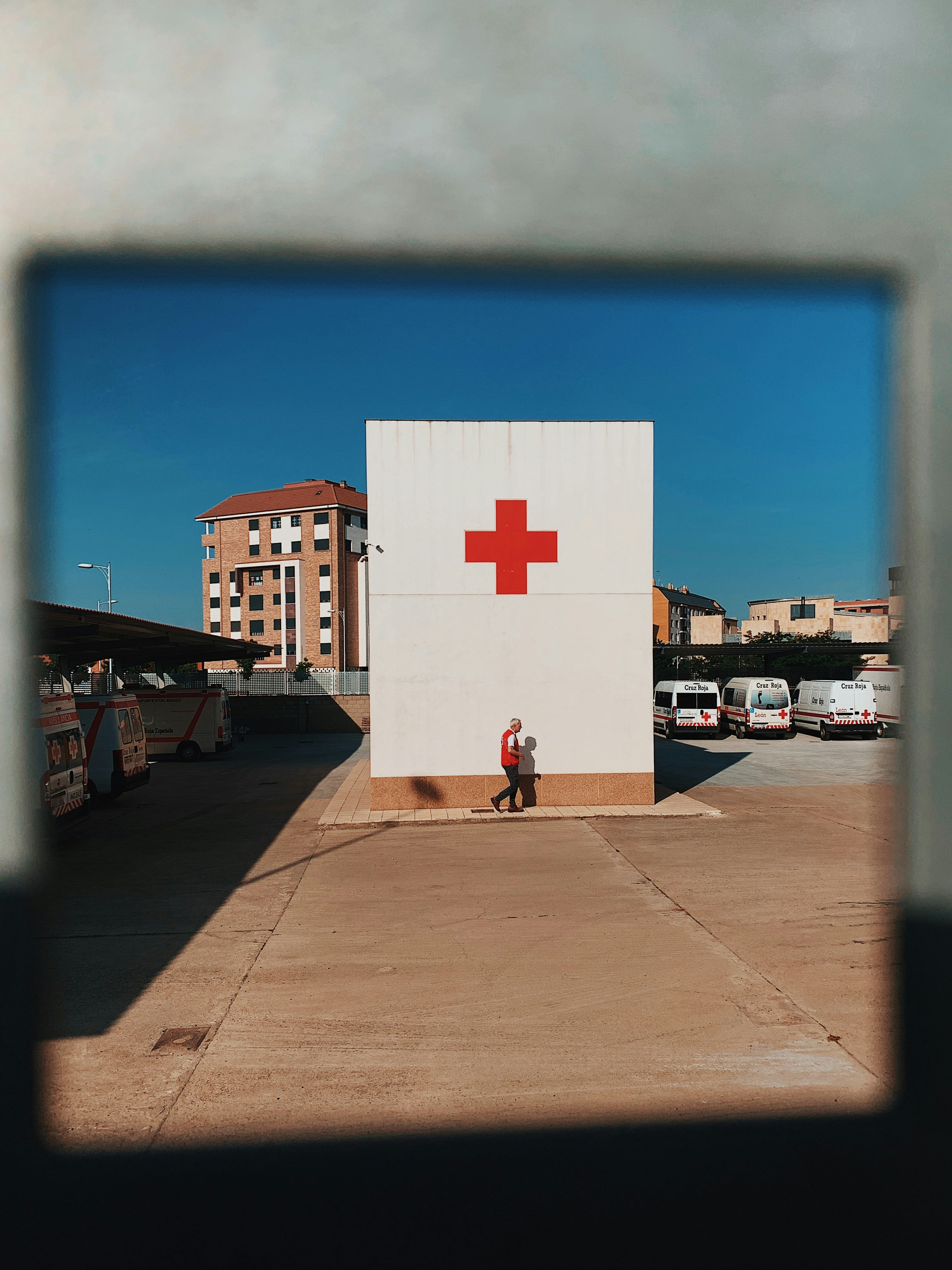Here is an outline of our Urgent Care Clinics Narrative Intelligence brief.

This Urgent Care Clinics narrative is driven by 50 sources in the U.S. Media module, amplifying 71 narrative items.
Today, our Narrative AI highlights the opening of several urgent care facilities in different locations, with varied services and features. It also addresses the challenges faced by healthcare centers due to the pandemic, such as staffing shortages and patient influx, as well as concerns raised by healthcare professionals about corporate influence in healthcare decisions
The urgent care facilities mentioned in the summary highlight the increasing demand for accessible healthcare services in various regions. Demographically, the need for urgent care services reflects a growing population requiring immediate medical attention for non-life-threatening conditions. This trend also indicates potential strains on primary care providers and hospitals, leading to the expansion of urgent care facilities to meet the healthcare needs of communities.
Economically, the investment in healthcare infrastructure, such as urgent care centers, represents a significant financial commitment by healthcare organizations like WellNow, OSF HealthCare, Samaritan Health Services, UM Urgent Care, CGH Medical Center, and UW Health. These expansions aim to provide more comprehensive and convenient healthcare services to patients, potentially impacting the local economy through job creation and increased access to healthcare services.
Politically, the proposals to amend comprehensive plans and land development codes for healthcare facilities demonstrate the regulatory considerations involved in expanding healthcare infrastructure. Additionally, the concerns raised by the nurse practitioner on TikTok regarding corporate greed in urgent care centers highlight potential political debates surrounding healthcare policies and regulations.
In terms of national security, the impact of healthcare infrastructure on public health and emergency response capabilities is crucial. The availability of urgent care facilities can contribute to the overall resilience of communities in responding to health crises and emergencies, such as the recent surge in COVID-19 cases in NYC.
Geographically, the distribution of urgent care facilities in various regions, including rural areas like Linn County and Snohomish County, reflects efforts to improve healthcare access and address healthcare disparities across different geographic locations. These expansions aim to provide healthcare services closer to where people live, potentially improving health outcomes and reducing healthcare inequities.
Our Kudzu Narrative Intelligence brief auto-updates every few hours with fresh analysis:
Note: Kudzu Narrative Intelligence briefs update every few hours. Very likely, the Narrative Analysis above will have changed as well.
Image Credit for Article Header: Photo by Jon Tyson on Unsplash